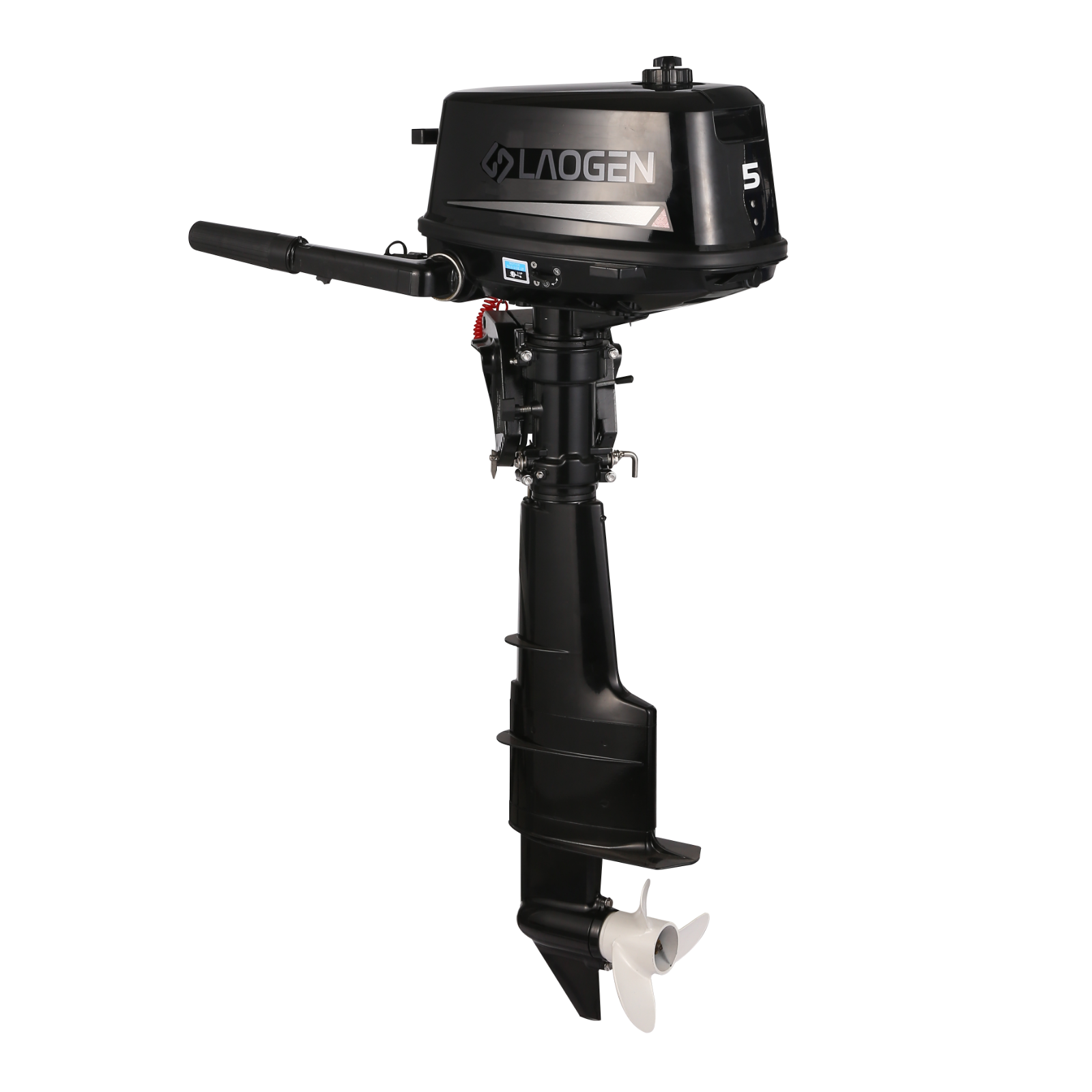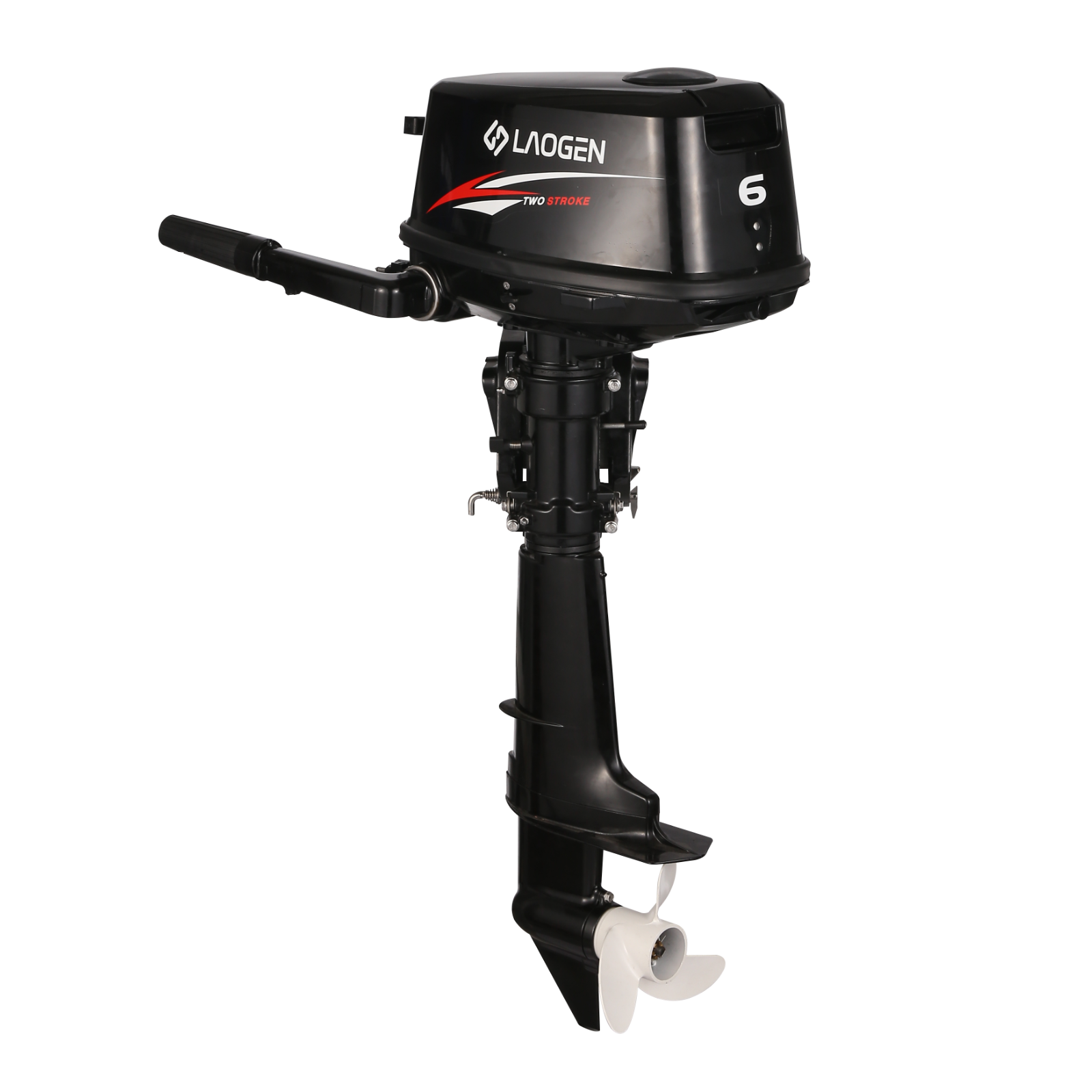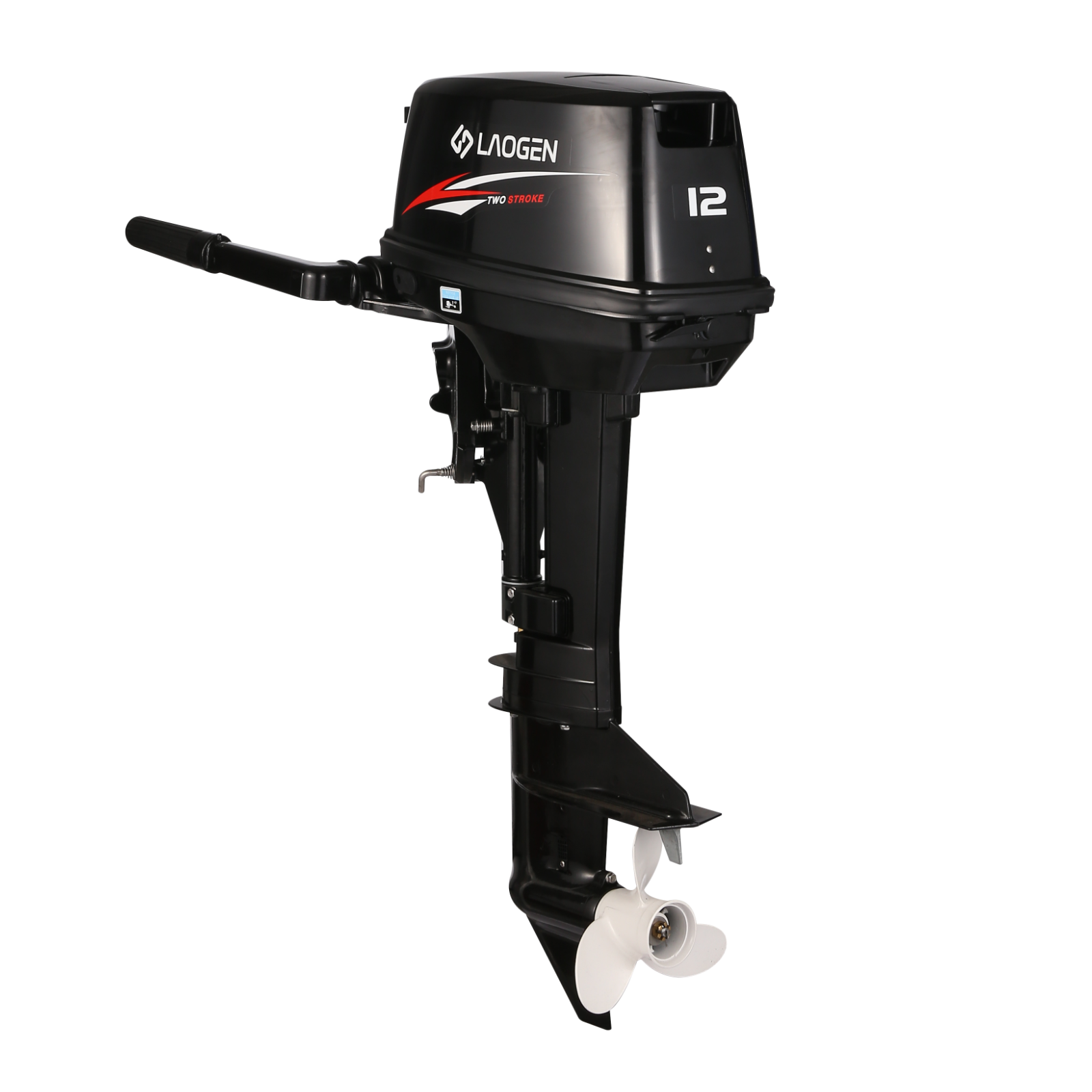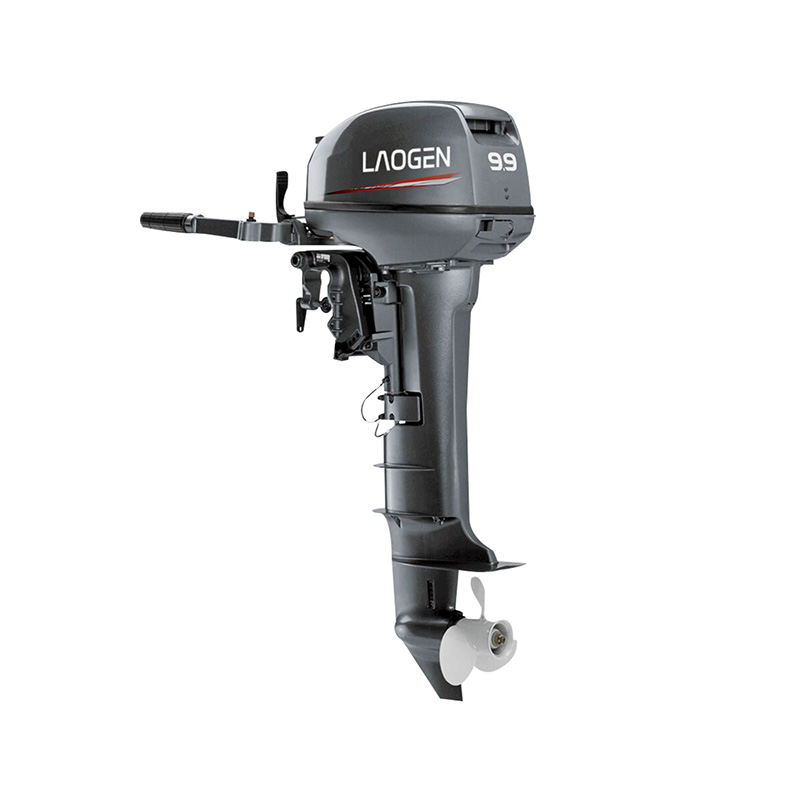2 Stroke Outboard Motor Maintenance Tips to Keep Your Engine Running Smoothly
A 2 Stroke Outboard Motor is known for its straightforward design and responsive power. To maintain these characteristics and ensure many seasons of dependable service, a consistent approach to maintenance is essential. Unlike more complex systems, the care for this type of motor focuses on a few key areas that, when addressed regularly, can prevent common issues and support long-term operation. This guide outlines a practical maintenance routine to help keep your engine in good working order.
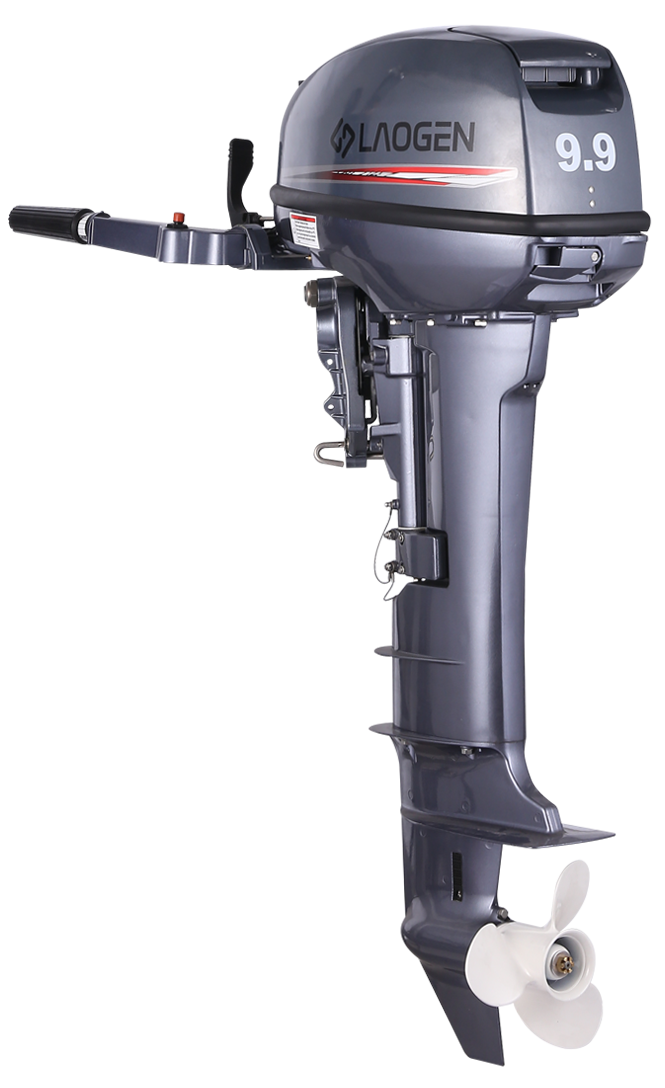
A Routine for Every Outing
A brief check before and after you get on the water can help you identify small issues before they become significant.
Visual Inspection:
Take a moment to look over the motor. Check for any loose connections, such as spark plug wires and fuel line fittings. Look at the fuel line itself for any signs of cracking or wear. A quick visual scan of the motor's casing can also reveal potential problems.
Fuel System Check:
Ensure the fuel tank is securely connected and that the primer bulb is firm. Look for any signs of fuel leaks from the tank, fuel line, or around the carburetor area.
Sound Check:
When you start the motor, either in the water or with flushing muffs, listen for its normal sound. Note any unusual vibrations, sputtering, or changes in the exhaust tone that might indicate a need for later attention.
Scheduled Upkeep for Sustained Operation
After a certain number of operating hours or at least once per season, a more involved inspection is recommended.
Spark Plug Care:
Remove the spark plug and check its condition. The electrode should not be heavily fouled with carbon or oil deposits. Cleaning the plug with a wire brush and checking the gap against the manufacturer's specification is a good practice. If it is worn or damaged, replacement is a sensible step.
Fuel Filter Service:
Locate the fuel filter, which is often found in the fuel line or within the fuel pump assembly. A clogged filter can restrict fuel flow and cause operational issues. Replacing this filter periodically is a straightforward task that supports consistent fuel delivery.
Gearcase Lubricant:
The gearcase, or lower unit, is filled with lubricant to protect the gears and bearings. It is important to drain and refill this lubricant periodically. Check the drained lubricant for any metallic particles or a milky appearance, which could suggest water intrusion or internal wear.
Water Intake Clearance:
The cooling water intake on the lower unit can become blocked by weeds, silt, or other debris. Inspect these openings and clear any obstructions to ensure the motor's cooling system can function as intended.
Preparing for periods of inactivity
Proper preparation for storage is one of the many beneficial things you can do for a 2 Stroke Outboard Motor.
Flushing the Cooling System:
After use in saltwater or brackish water, it is important to flush the cooling system with fresh water using a set of flushing muffs or a similar device connected to a garden hose. This helps remove salt and corrosive deposits.
Fuel Stabilization:
To prevent the fuel in the carburetor and fuel lines from degrading and causing starting issues later, add a fuel stabilizer to the fuel tank and run the motor for a few minutes to circulate the treated mixture through the system. For longer storage, it is often recommended to drain the carburetor float bowl completely.
Cylinder Protection:
Before final shutdown, removing the spark plugs and spraying a small amount of fogging oil into the cylinders helps coat the internal surfaces and prevent rust during storage.
Propeller and Anode Check:
Take the opportunity to inspect the propeller for nicks, dings, or fishing line wrapped around the shaft. Also, check the sacrificial anodes on the motor. If they are more than half worn away, they should be replaced to continue providing galvanic corrosion protection.
By integrating these simple checks and procedures into your routine, you contribute significantly to the functional longevity of your 2 Stroke Outboard Motor. Consistent care is the many effective strategies for avoiding disruptions and enjoying time on the water.


 English
English русский
русский


